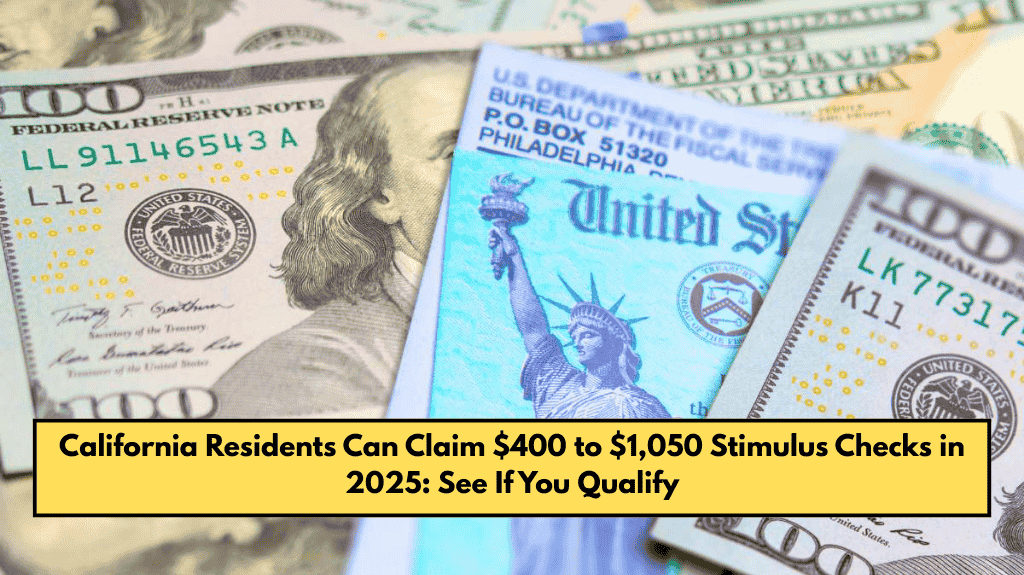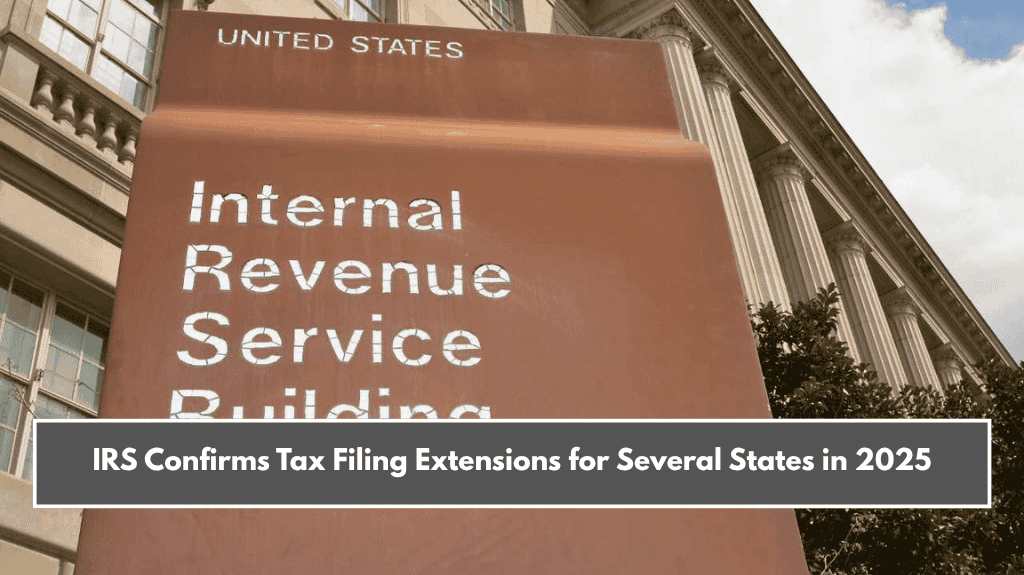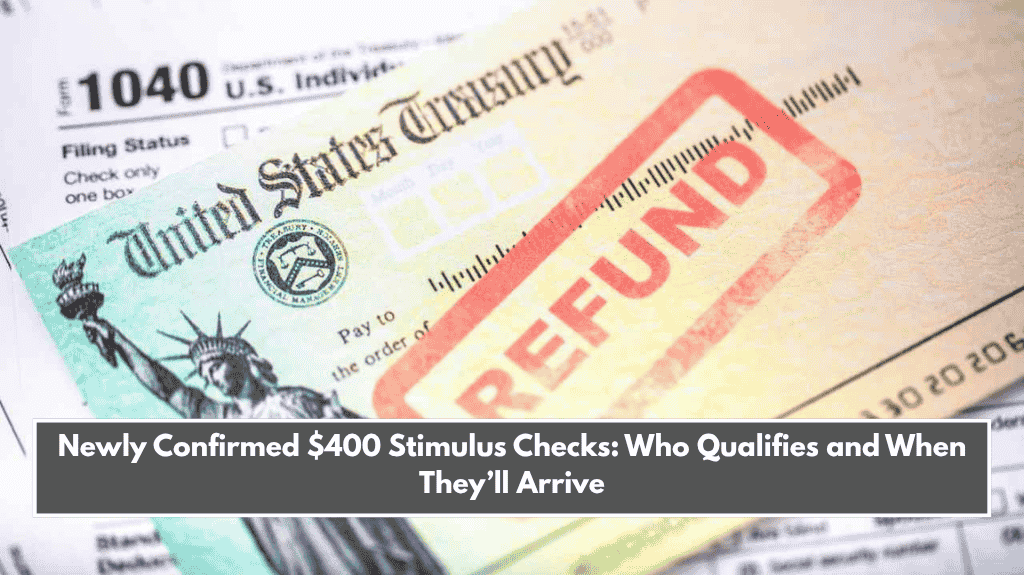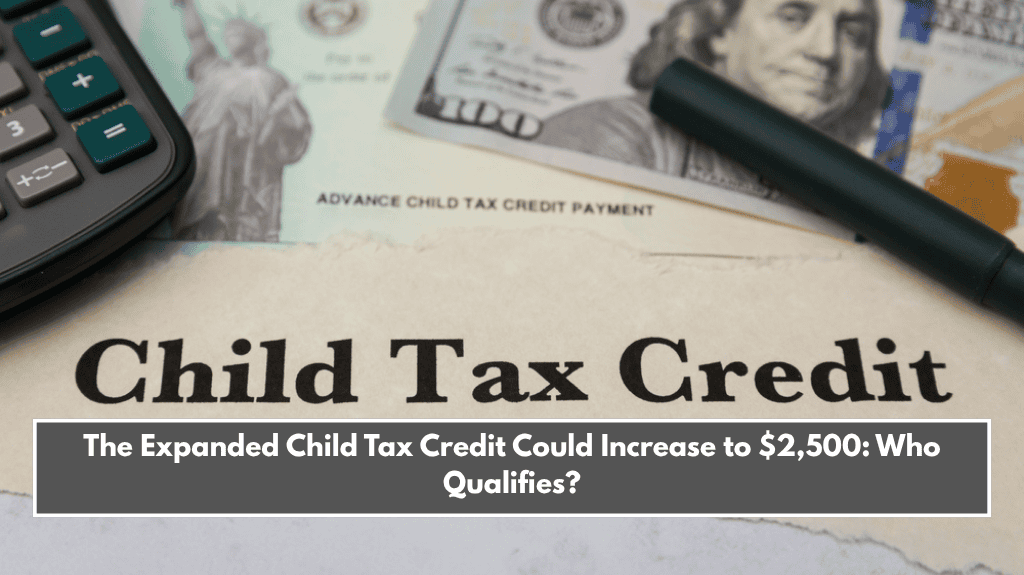In 2025, California — known as the “Golden State” — is providing new stimulus payments to help residents cope with inflation and high living costs. Two main programs are offering financial relief: the Middle Class Refund 2.0 and the Sacramento Family First pilot program.
How Much Money Do These Stimulus Programs Provide?
- Middle Class Refund 2.0: Payments range from $400 to $1,050 for eligible California residents who filed their 2023 taxes and meet income requirements. Payments are scheduled to be distributed through May 20, 2025.
- Sacramento Family First: A local pilot program in Sacramento County gives $725 monthly to 200 low-income households, especially families with young children or those affected by economic inequality. The program started in December 2024 and will continue through November 2025.
Who Qualifies for These Stimulus Payments?
- For the Middle Class Refund 2.0, you must have filed your 2023 tax return and meet certain income limits (not publicly disclosed). Payments are automatic — no extra application is needed.
- The Sacramento Family First program is aimed at low-income families living in Sacramento County with minors, who haven’t received similar assistance before. Payments are distributed monthly until November 2025.
Both programs exclude people who don’t live in the eligible areas or don’t have the required documents.

Program Differences at a Glance
| Program Name | Payment Amount | Eligibility Area | Duration |
|---|---|---|---|
| Middle Class Refund 2.0 | $400 to $1,050 | Entire state of California | Through May 20, 2025 |
| Sacramento Family First | $725 per month | Sacramento County only | Dec 2024 – Nov 2025 |
What’s Next for California Stimulus Programs?
Lawmakers are discussing expanding these programs, but more funding and legislative approval are needed. They want to avoid creating budget deficits while continuing to support residents.
California’s 2025 stimulus programs aim to ease financial strain on middle-class families statewide and provide longer-term support to vulnerable families in Sacramento. Eligible residents should check their status and expect automatic payments soon. These efforts highlight ongoing state measures to combat rising costs while balancing fiscal responsibility.














